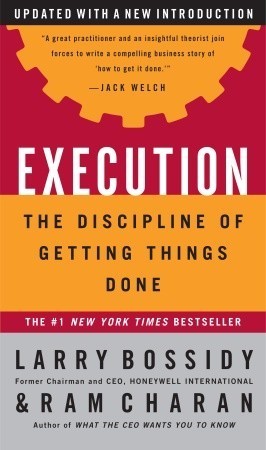More on this book
Community
Kindle Notes & Highlights
Read between
January 2 - February 25, 2020
what you really want to do is get all of the assumptions out in the open, with everyone present and a leader who asks penetrating questions. Then you want to test those assumptions, by going to customers or some other source, to be sure they’re valid. With this kind of information, the group can make intelligent trade-offs based on reality. That’s what you do in an operating review.
You have to debate the underlying assumptions before you even begin to think about a financial expression of numbers.
Who is the customer? How does he buy it, and why? What’s the need? How long will the need last? What is the competition doing? Is your value proposition good enough?
Usually the final financial target is earnings per share.
People make a huge mistake when they automatically increase some number over last year without discussing the challenges of meeting higher revenue targets and eliciting creative ideas.
Any good review ends with closure and follow-through. Without them, you’re apt to get one of those meetings where people nod their heads in agreement, only to start wriggling out of the deals a few days later. The leader has to be sure that each person has carried away the right information and taken accountability for what he or she agreed to do.
Do not fix the problems individually; fix the process.
Companies that execute can put a contingency plan into effect on the turn of a dime—recall
“People, we’re talking about operating plans. This is not about hopes and dreams. This is about realities. Don’t tell me you hope it’s going to get better. Don’t tell me that you dream about doing it better. The reality is that in the first quarter it wasn’t better. That’s the database that we’re going to go from, and that’s the database we’re going to act upon.”
There can be a lot of hot air in stretch goals. They are useful, but not if they’re arbitrary, if they’re used as a tool to whip people into a frenzy of working harder. A stretch goal has basically two purposes. One, it can force you to think about doing things in a radically different way; two, it can help you to execute exceptionally well.
The key is to evaluate the plausibility of the stretch goal, and there’s a methodology for that. Usually there are fewer than half a dozen factors or assumptions that have to go right, some of them involving luck. Identify those at the time of the debate. Talk about them, and then say, “If all the stars get lined up, we won’t miss it. If they don’t get lined up, we have a chance to miss it.”


